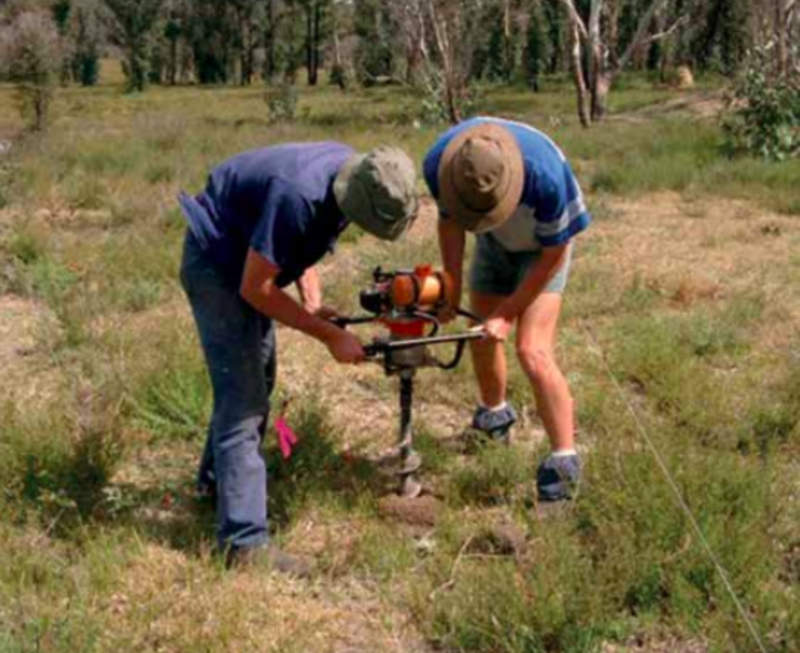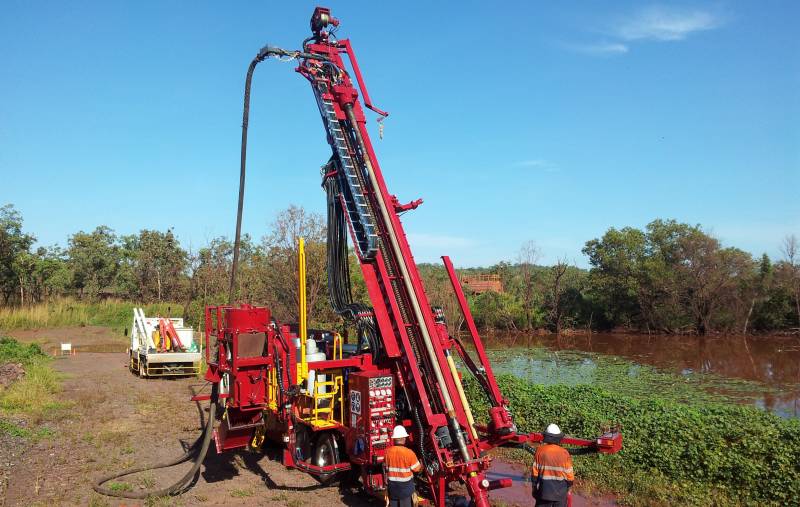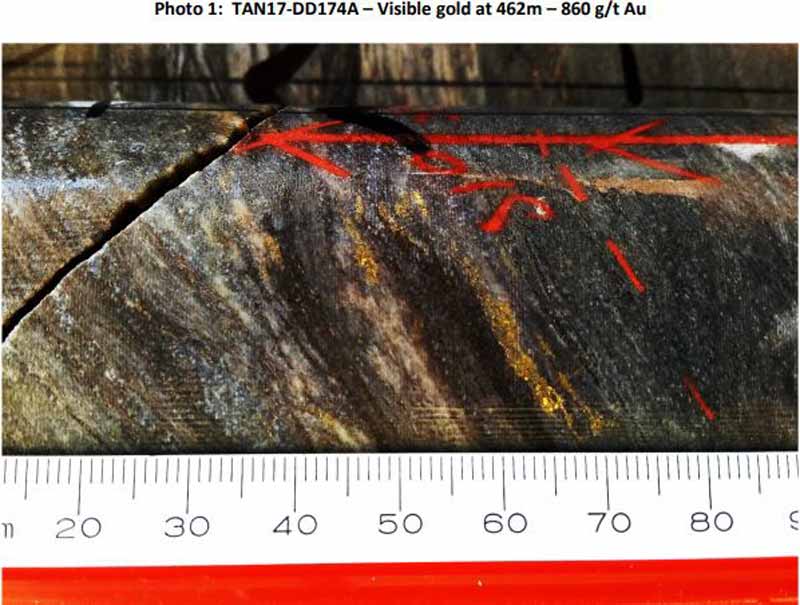Drilling guide: Here’s everything you need to know
Explainers
Explainers
Reverse circulation (RC) and diamond drilling are common terms that you will find when perusing an exploration or mining company’s results.
There’s just one problem with that. What does it all mean? Why is Company X using diamond drilling for this area and RC drilling for another?
Well fret no more, being the helpful sorts that we are, we at Stockhead have put together a mini-guide to help you understand just what the different types of drilling are and what they are used for.
Auger drilling is the baby of the different types of drilling.
It is done by rotating a helical screw into the ground with the earth being lifted up the borehole by the blade of the screw.
They range in size from small hand-held units to somewhat larger ones mounted on small vehicles.

Auger drilling can only really be used where the ground is soft but it is both cheap and fast, making it suitable for its main use as an initial geochemical reconnaissance technique.
Translation, it is often used to find good spots to stick other, bigger drill rigs on.
Moving up to the next size, we have rotary air blast (RAB) drilling, which is the most common shallow drilling method.
This uses a piston-driven “hammer” to drive the drill bit into the rock, creating rock fragments, or “chips”, that are lifted to the surface by compressed air.
RAB drilling is a quick method of drilling many holes in a short period of time though it may produce lower quality samples due to the way that the rock chips are blown up the borehole.
Aircore drilling is preferred over RAB as it tends to provide more representative, or accurate, samples.
It uses a three-bladed steel or tungsten drill bit with a hollow drill rod to penetrate the weathered layer of loose soil and rock fragments.
Once drilling is complete, compressed air is injected into the space between the inner tube and drill rod’s inner wall to flush the cuttings to the surface.
This makes samples from aircore drilling less prone to contamination, though it is generally slower and more costly than RAB. Aircore is also unable to cut through fresh rock.
And believe it or not, aircore drilling is actually an Australian invention. It was invented by Western Australian-based Wallis Drilling to solve a problem drilling mineral sands.
Moving on to the big guns, reverse circulation, or RC drilling as it is more commonly known, is a popular technique for mineral exploration.
Like RAB, RC drilling uses a piston-driven “hammer” to drive a tungsten-steel bit into the rock, though the use of larger rigs and machinery allows holes to be drilled much deeper.
It also has similarities with aircore drilling in its use of compressed air to drive the dry rock chips up the inner tube.
Another Australian invention, RC drilling is ideally suited for exploration, as it delivers contaminant-free samples. This also makes it suitable for infill and extensional work.

It is also used in grade control because of its effectiveness in defining boundaries between ore bodies and waste rock.
RC drilling is slower and costlier than the previous types of drilling, but it is cheaper than the next and final type of drilling.
The most expensive form of drilling is diamond drilling, which uses a diamond-impregnated drill bit attached to hollow drill rods to extract a continuous cylinder of rock.
Despite its cost, diamond drilling has several advantages over RC drilling.
It is capable of drilling down to several kilometres in depth, it can penetrate hard rock and it returns the most accurate samples, as its core samples can show the actual veins of a mineral and their precise location in the ground. Like this:

This makes diamond drilling suitable for acquiring structural controls on the mineralisation.
With all that out of the way, we should note that this guide covers only the most commonly used types of drilling and also provides a neat segue into our companion guides: Here’s a plain language guide on how miners ‘grade’ mineral discoveries or What the JORC? Why miners use strange jargon and what it really means